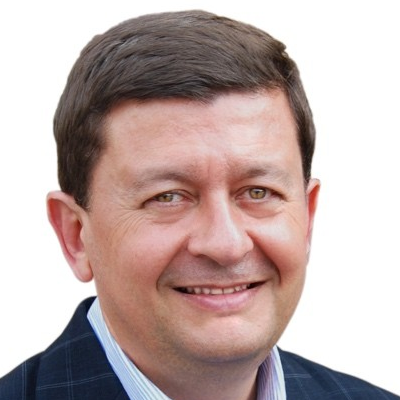Heterogeneous Aquifer Modeling: Closing the Gap
A special issue of Water (ISSN 2073-4441). This special issue belongs to the section "Hydrology".
Deadline for manuscript submissions: closed (3 December 2018) | Viewed by 28908
Special Issue Editor
Special Issue Information
Dear Colleagues,
Aquifer heterogeneity has been a major topic of research in the last few decades, with many theoretical analyses on how to characterize it, about its impact on flow and transport modeling, on its impact in prediction uncertainty, or on how to use inverse approaches to improve heterogeneous models; however, there is still a large gap between theoretical findings and practical applications. This Special Issue seeks papers proposing or demonstrating readily-applicable approaches to treat heterogeneity in real practice. Successful case studies proving the importance of taking heterogeneity into account are welcome.
Prof. Dr. J. Jaime Gómez-Hernández
Guest Editor
Manuscript Submission Information
Manuscripts should be submitted online at www.mdpi.com by registering and logging in to this website. Once you are registered, click here to go to the submission form. Manuscripts can be submitted until the deadline. All submissions that pass pre-check are peer-reviewed. Accepted papers will be published continuously in the journal (as soon as accepted) and will be listed together on the special issue website. Research articles, review articles as well as short communications are invited. For planned papers, a title and short abstract (about 100 words) can be sent to the Editorial Office for announcement on this website.
Submitted manuscripts should not have been published previously, nor be under consideration for publication elsewhere (except conference proceedings papers). All manuscripts are thoroughly refereed through a single-blind peer-review process. A guide for authors and other relevant information for submission of manuscripts is available on the Instructions for Authors page. Water is an international peer-reviewed open access semimonthly journal published by MDPI.
Please visit the Instructions for Authors page before submitting a manuscript. The Article Processing Charge (APC) for publication in this open access journal is 2600 CHF (Swiss Francs). Submitted papers should be well formatted and use good English. Authors may use MDPI's English editing service prior to publication or during author revisions.
Keywords
- stochastic groundwater modeling
- geostatistics
- inverse modeling
- uncertainty
- spatial variability
- upscaling
- groundwater flow and mass transport modeling





